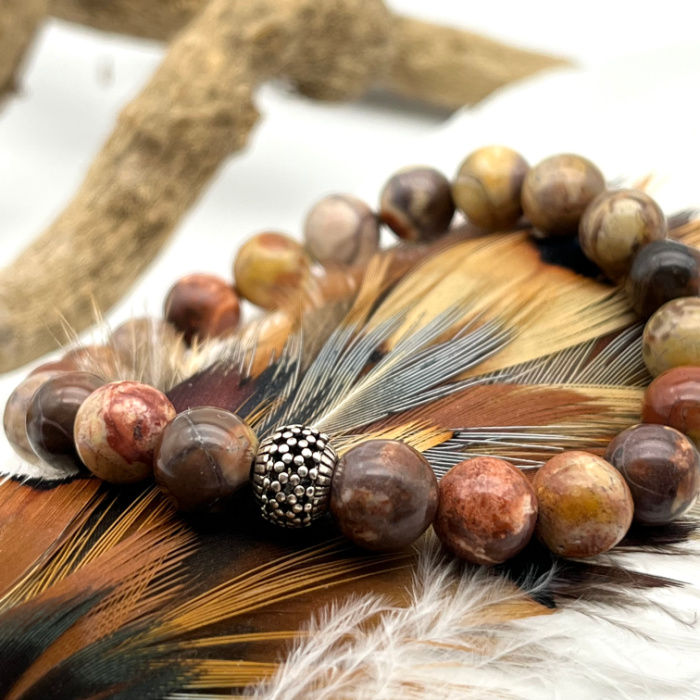collaborative guest post
When choosing how to carry your newborn, you'll find a mixture of baby carriers available, each with unique designs and features suited to different stages of your child's development. Newborns require carriers that support their delicate frames, providing the necessary head and neck support, and often, parents find an inward-facing carrier for newborn infants to be ideal, as it keeps the baby close and secure against their chest. As your child grows, the carrier's position and support structure will need to evolve with them.
The different types of carriers, including wraps, slings, and structured carriers, offer diverse carrying positions and levels of support for both the baby and the caregiver. While wraps and slings allow for a secure fit and a more natural cradling position, useful for the newborn stage, structured carriers like buckle carriers can often accommodate older babies and provide more back and shoulder support for the parent. Making the right choice depends on understanding the characteristics of these carriers and considering what will best fit your lifestyle, your baby's size and weight, as well as your comfort.

Types of Baby Carriers and Their Characteristics
When considering babywearing, it’s important to understand the differences between various types of carriers. Each style suits different needs, offering a range of comfort, support, and versatility for both you and your baby.
Wrap Carriers
Wrap carriers consist of long pieces of fabric that wrap around the body to secure your newborn. They offer a custom fit and can be tied in several ways, including the front, hip, and back carry. Ideal for newborns due to their tight support, wraps are known for their comfortable, stretchy fabric. However, they may have a steeper learning curve as proper technique is essential for safety.
Structured Carriers
Structured carriers are designed with a more rigid form. These carriers typically feature padded shoulder straps and adjustable settings for an ergonomic fit to reduce the risk of hip dysplasia. Many parents find them easier to use, as they offer preset positions and can carry your child from infant to toddler ages.
Hybrid and Specialty Carriers
Hybrid carriers combine aspects of wraps and structured carriers for a versatile babywearing experience. On the other hand, speciality carriers like the backpack carrier are specifically designed for activities such as hiking, offering durable materials and comfort for longer durations. The use of carriers like ring slings allows for easy adjustment and a more open, less fabric-intensive design, suitable for warm weather and quick carrying solutions.
Comparison of Baby Carriers
A careful comparison of baby carriers must consider factors such as ease of use, comfort, support, and safety. Wrap carriers are highly comfortable and adapt well to your growing baby but may require practice. Structured carriers, known for their support and ease, might be less flexible in terms of positioning compared to wraps. Speciality carriers, such as those for hiking or adjustable buckle carriers, provide targeted solutions for specific lifestyles or preferences.
Each type of carrier has distinct features that cater to the needs of different age groups—from newborns to toddlers—and personal preferences. Therefore, it’s essential to weigh these characteristics against your lifestyle and baby’s development when selecting a carrier to ensure a comfortable and safe baby-wearing experience.
Choosing the Right Carrier for Your Lifestyle
When selecting a carrier, your lifestyle and daily activities are important factors to ensure that it meets your needs as well as provide comfort and safety for your little one.
Factors to Consider When Choosing a Carrier
Assessing Your Daily Activities: Consider whether you take frequent walks, enjoy hikes, or simply need an easy solution for daily errands. A stroller might suit long walks, while for hands-free convenience during quick trips, a diaper bag-friendly carrier is ideal.
Versatility and Longevity: Look for a versatile carrier that grows with your child, from newborn to toddler, saving you the need to purchase multiple baby gears over time.
Comfort for Caregiver and Baby: Ensure the carrier provides good neck support for the baby and does not contribute to hip dysplasia. It should also be comfortable for you to wear for extended periods.
Caring for Your Carrier
Maintenance and Care: Choose a machine washable carrier to ease the cleanup of inevitable spills and messes.
Fabric and Durability: Opt for a high-quality, durable fabric that can withstand frequent use and cleaning, assuring both longevity and comfort.
Babywearing Safety and Best Practices
Prioritize Safety: Always ensure the carrier supports the baby securely, maintaining an open airway and aligning their hips to prevent hip dysplasia.
Learn Best Practices: Practice safely securing the carrier and placing your infant snugly inside. This is important for both safety and comfort, particularly when breastfeeding while babywearing.
Conclusion
You have various carrier options to ensure the comfort and safety of your newborn. From the snug and adjustable wrap carriers to the structured design of hardshell carriers, each type serves different needs and preferences. Your choice will depend on factors like ease of use, support, and the physical closeness you wish to maintain with your child. Evaluate the options, prioritize your requirements, and remember to consider your baby's growth when selecting the carrier that best fits your family's lifestyle.








.png)







































